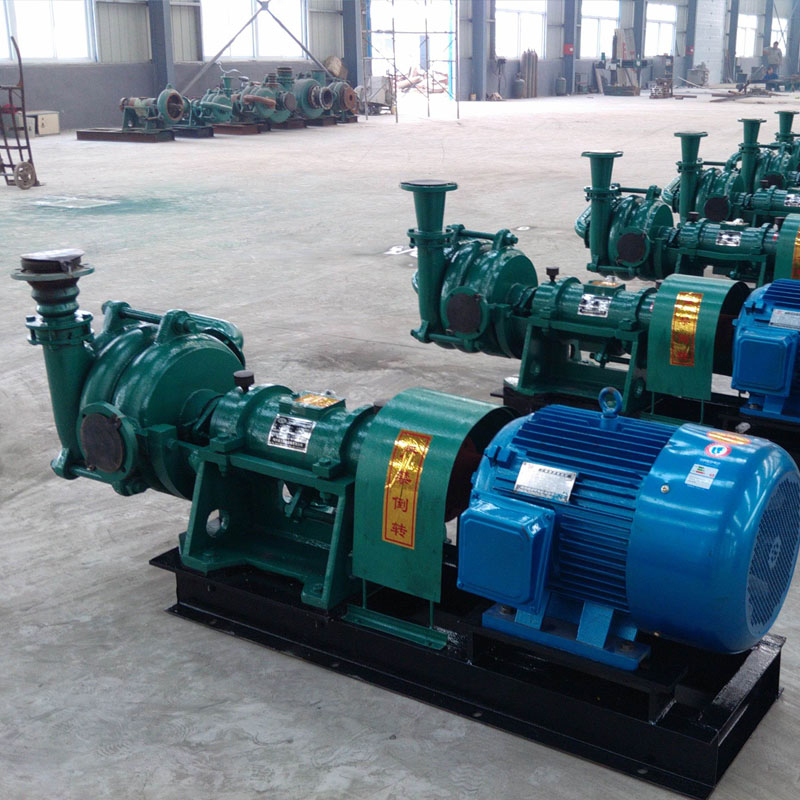Khmer
- Afrikaans
- Albanian
- Amharic
- Arabic
- Armenian
- Azerbaijani
- Basque
- Belarusian
- Bengali
- Bosnian
- Bulgarian
- Catalan
- Cebuano
- Corsican
- Croatian
- Czech
- Danish
- Dutch
- English
- Esperanto
- Estonian
- Finnish
- French
- Frisian
- Galician
- Georgian
- German
- Greek
- Gujarati
- Haitian Creole
- hausa
- hawaiian
- Hebrew
- Hindi
- Miao
- Hungarian
- Icelandic
- igbo
- Indonesian
- irish
- Italian
- Japanese
- Javanese
- Kannada
- kazakh
- Khmer
- Rwandese
- Korean
- Kurdish
- Kyrgyz
- Lao
- Latin
- Latvian
- Lithuanian
- Luxembourgish
- Macedonian
- Malgashi
- Malay
- Malayalam
- Maltese
- Maori
- Marathi
- Mongolian
- Myanmar
- Nepali
- Norwegian
- Norwegian
- Occitan
- Pashto
- Persian
- Polish
- Portuguese
- Punjabi
- Romanian
- Russian
- Samoan
- Scottish Gaelic
- Serbian
- Sesotho
- Shona
- Sindhi
- Sinhala
- Slovak
- Slovenian
- Somali
- Spanish
- Sundanese
- Swahili
- Swedish
- Tagalog
- Tajik
- Tamil
- Tatar
- Telugu
- Thai
- Turkish
- Turkmen
- Ukrainian
- Urdu
- Uighur
- Uzbek
- Vietnamese
- Welsh
- Bantu
- Yiddish
- Yoruba
- Zulu
Telephone: +86 13120555503
Email: frank@cypump.com
ធ្នូ . 11, 2024 09:22 Back to list
High Efficiency Submersible Sewage Pump for Vertical Discharge and High Head Applications
High Head Submersible Sewage Pumps An Overview
High head submersible sewage pumps are specialized devices designed to handle the transportation of sewage and wastewater from lower elevations to higher points for processing or disposal. These pumps are crucial in various applications, including municipal sewage treatment plants, industrial wastewater management, and even residential setups where gravity drainage is not feasible.
Understanding High Head Submersible Pumps
The term high head refers to the pump's ability to generate considerable pressure, enabling it to lift fluids through taller vertical distances. This capability is particularly important in settings where gravity alone cannot facilitate the flow of wastewater. By using a submersible design, these pumps can be placed directly into the sewage, reducing the need for extensive piping systems and minimizing potential leakage or spillage during operation.
Submersible pumps are typically encased in a watertight housing that prevents flooding of the motor and electrical components. This design not only protects the machinery but also allows for quieter operation compared to surface pumps. The motors are designed to withstand harsh conditions, making them ideal for environments where they are submerged in challenging fluids.
Applications and Benefits
The primary applications for high head submersible sewage pumps include - Municipal Wastewater Systems They play a vital role in pumping sewage from collection points to treatment facilities, especially in hilly or uneven terrains where conventional pumping methods may fail. - Industrial Use Many industries generate significant volumes of wastewater that require efficient management to comply with environmental regulations. High head submersible pumps can effectively handle these discharges. - Construction Sites Temporary sewage management is crucial in construction areas where traditional sewage systems may not be accessible or practical. - Flood Control In areas prone to flooding, these pumps can be employed to remove excess water, providing timely relief in emergencies.
One of the primary benefits of high head submersible sewage pumps is their efficiency. They are designed to operate continuously, handling large volumes of wastewater with minimal energy expenditure. Moreover, their submersible nature allows for complete immersion in fluids, reducing cavitation risks and improving longevity.
high head submersible sewage pump

Features to Consider
When selecting a high head submersible sewage pump, several features should be considered 1. Material Construction The pump materials must be resistant to corrosion and wear, as they will be handling abrasive or chemically aggressive waste streams. Stainless steel and cast iron are common materials used in these applications. 2. Flow Rate and Head Capacity Understanding the specific requirements for flow rate and the total dynamic head (the height the pump must lift the sewage) is crucial for effective selection. Each application may have unique demands based on the site’s geography and volume of waste.
3. Motor Power and Efficiency The motor should not only fit the specific power requirements but also prioritize energy efficiency to reduce operational costs over the pump's life cycle.
4. Maintenance Ease Given the harsh environments where these pumps operate, designs that allow for straightforward maintenance and quick part replacement can minimize downtime and repair costs.
Conclusion
High head submersible sewage pumps are an essential component of modern wastewater management systems. Their ability to efficiently lift and transport sewage makes them suitable for a wide array of applications, from municipal facilities to industrial contexts. As populations grow and urban areas expand, the demand for effective, reliable waste management solutions will continue to increase, underscoring the importance of investing in high-quality submersible pumps.
Choosing the right pump involves careful consideration of materials, configurations, and application needs. By taking these factors into account, stakeholders can ensure they select a robust and efficient pump system that will effectively meet their wastewater handling requirements.
-
High-Performance Air Pumps for Sand & Gravel | Efficient Transport
NewsAug.03,2025
-
ISG Series Vertical Pipeline Pump - Chi Yuan Pumps Co., LTD.|Energy Efficiency, Corrosion Resistance
NewsAug.03,2025
-
ISG Series Pipeline Pump - Chi Yuan Pumps | Energy Efficiency&Compact Design
NewsAug.03,2025
-
ISG Series Vertical Pipeline Pump - Chi Yuan Pumps Co., LTD.|High Efficiency, Low Noise, Durable
NewsAug.02,2025
-
ISG Series Vertical Pipeline Pump - Chi Yuan Pumps | High Efficiency, Low Noise
NewsAug.02,2025
-
ISG Series Vertical Pipeline Pump- Chi Yuan Pumps Co., LTD.|High Efficiency&Compact Design
NewsAug.02,2025










